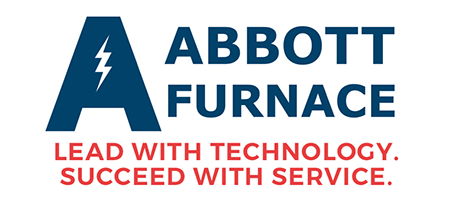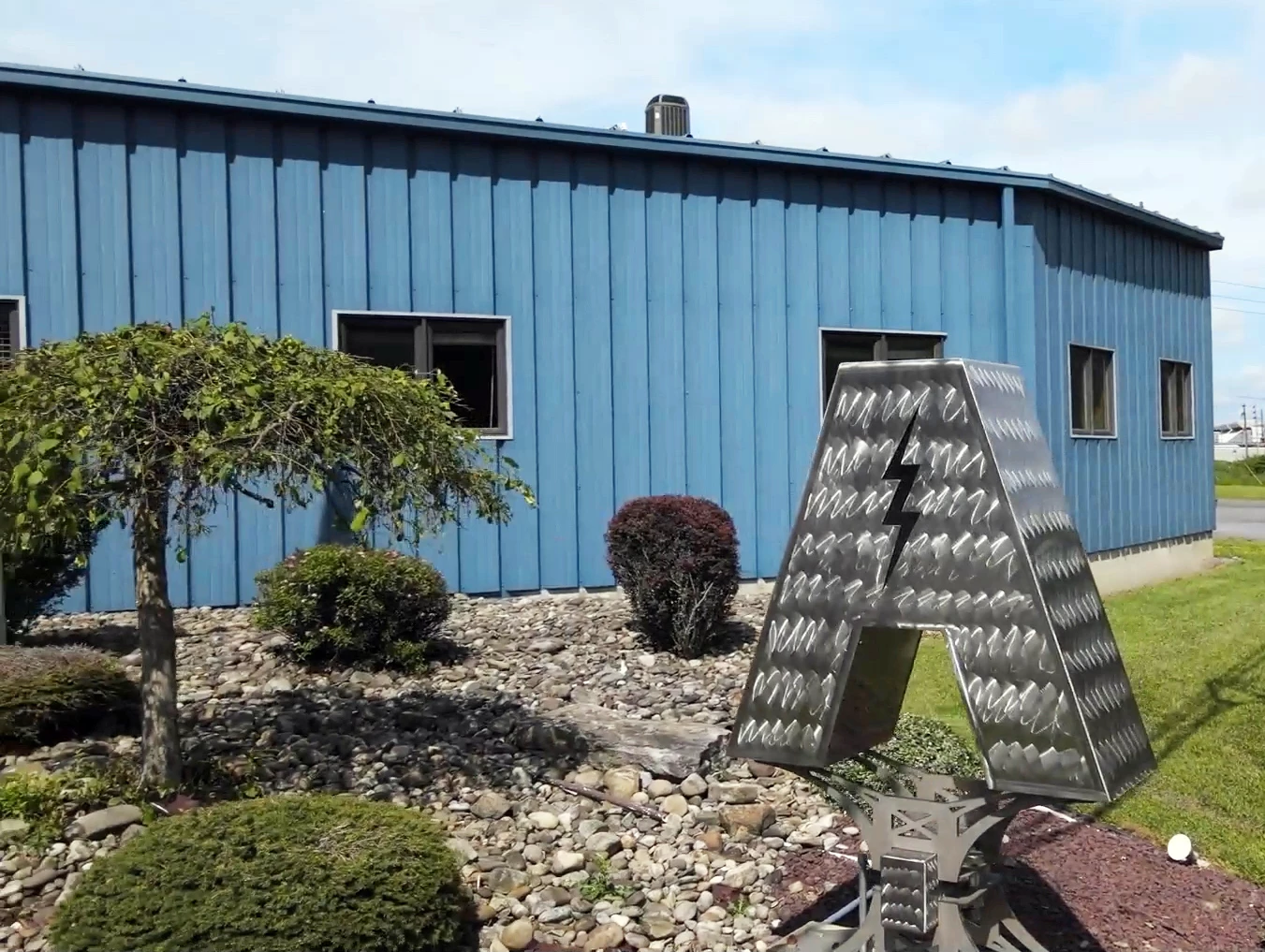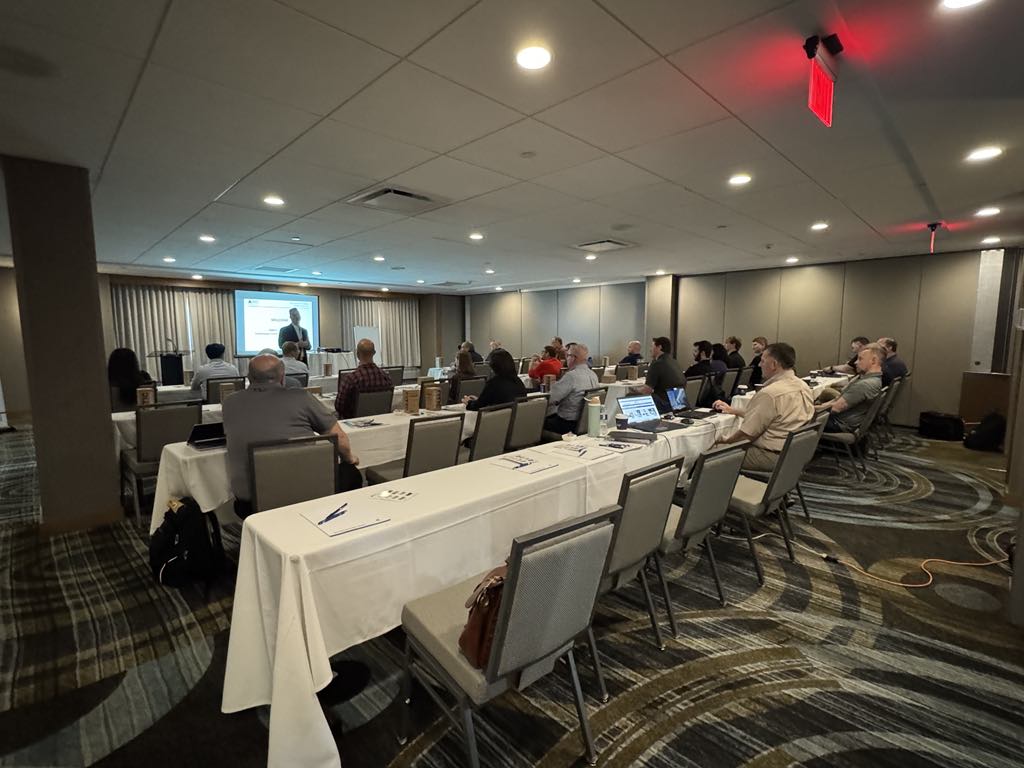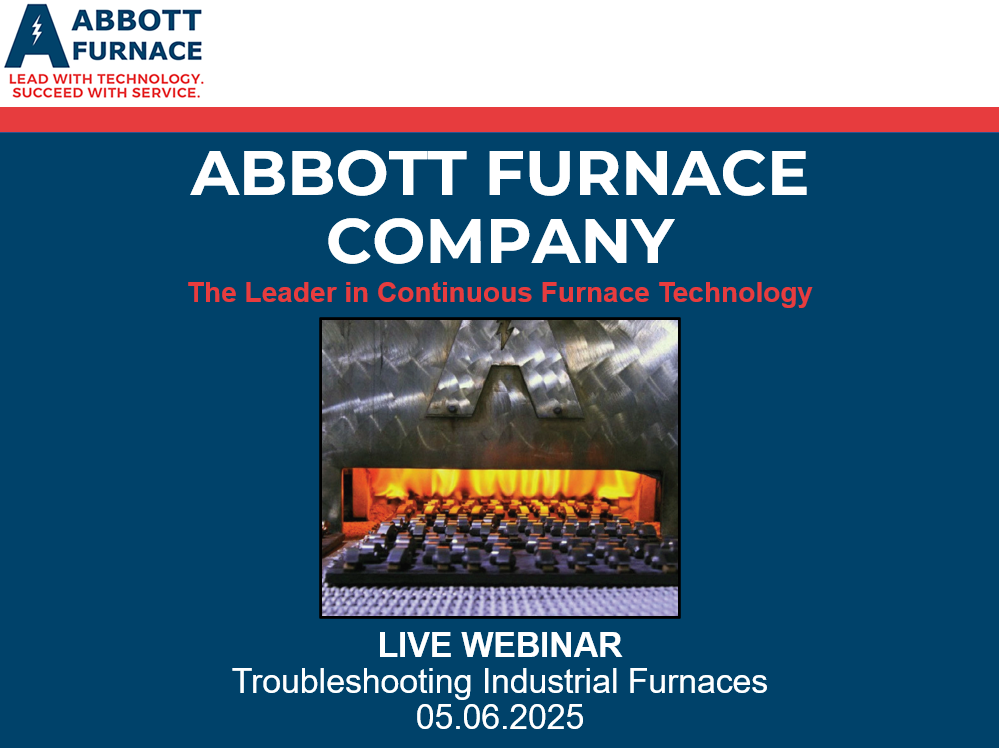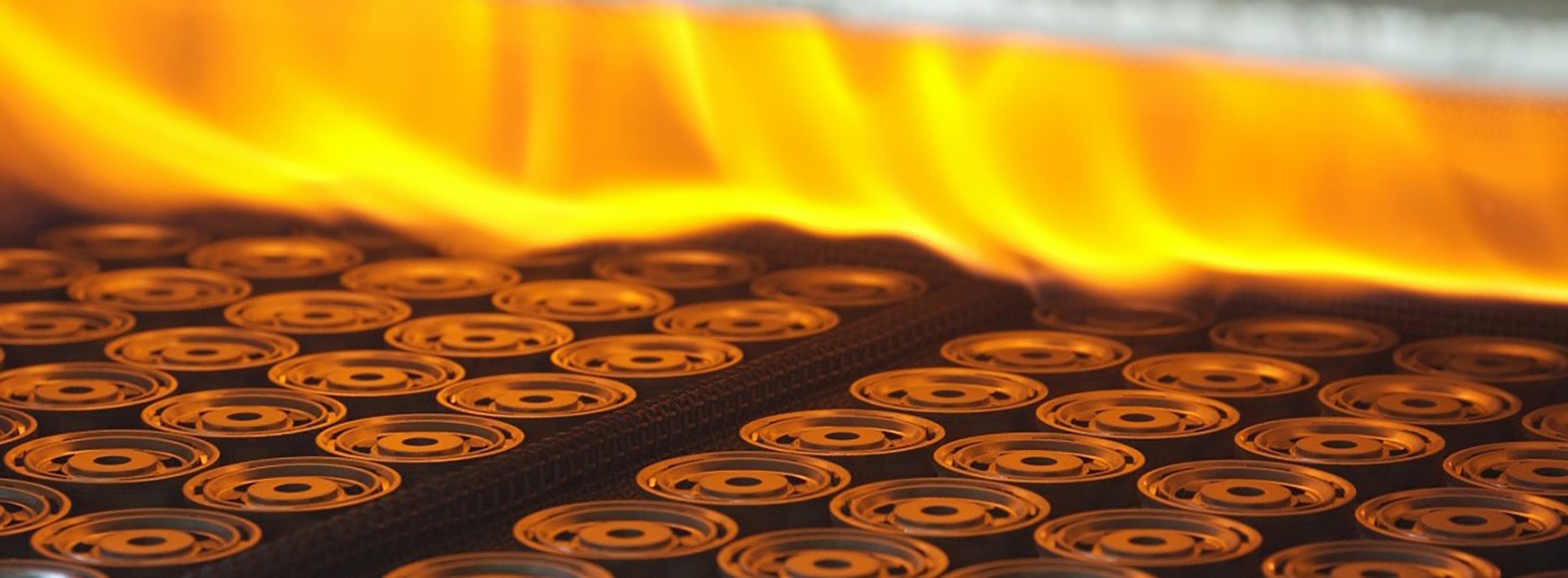
Soft magnets have long been used for AC power applications, including motors for vehicle systems, bicycles, and scooters as well as medical equipment. The basic design principle is that AC runs through closely arranged insulated material and causes the push/pull motion that makes the rotor spin.
The push toward electrification of vehicles and motorized equipment is generating even more interest in AC motors. And with that growth comes investment, innovation, and demand. In fact, “the global soft magnetic material market size was valued at USD 19.23 billion in 2019 and is expected to grow at a compound annual growth rate (CAGR) of 3.9 percent from 2020 to 2027″, according to Grandview Research.
Why Soft Magnetic Composites?
Traditionally, soft magnetic motor components were built with stacks of very thin laminated metal plates through which current is passed to create the soft magnet. Each plate has a resistant coating, which contributes to the magnetic force. This method has limitations because the horizontally stratified structure of the plates means that current can only be passed through the stack from top to bottom – sending it horizontally between layers doesn’t generate any magnetic force. The result is magnetic force in only one plane, which limits the shapes and sizes possible using laminated plates.

An alternative method involves warm compaction of metal particles. The particles are precoated with an insulating material and a lubricant (to aid ejection from the mold), compacted, then treated with a specialized atmosphere to form an oxidized coating around each particle.
Each particle acts as a plate, but because they are far smaller, the net result is greater resistance, higher magnetic field, and smaller overall size. And using particles instead of sheets allows for greater complexity of part geometry – current can be sent through the part horizontally or vertically (in contrast to the one-dimensional plate structure illustrated above). Finally, because the overall part density is greater with compacted particles, it’s possible to generate the same magnetic force with a smaller part, or generate greater force while retaining the same part size and shape.
Best Practices for Success
Warm compaction of particles is a cost-effective way to make soft magnetic composite parts if you keep these tips in mind:
- Lubricant removal is critical. Leftover lubricant can result in soot and diminished magnetic and mechanical properties, especially if temperatures are too high (over 1000˚F).
- Temperatures must remain lower than typical sintering temps. If using a sintering furnace for this process, temperatures must stay below 1000˚. This is too low for radiant heating of the parts (typical of the sintering process). Convective heat is much more effective with reduced temperature applications.
- Timing is critical to removing lubricant as density goes up. Instead of a traditional 20-minute preheat to remove lubricant, today’s high-density soft magnetic composite compacts require exponentially more time at low temperatures for adequate delubrication. The exact time required is usually part-specific due to part thickness, geometry, and particle density.
- Atmospheric control is needed to create an oxidized coating/cure on the finished part. There are multiple methods for forming the coating including steam, nitrogen, or air curing. Each application may require a different method.
Standard sintering furnaces can be used for the delubrication portion of the process, but it takes significant time and effort for changeover to the correct temperature range. Additional time and money are often required for handling, packing, and transport time for atmospheric curing (if not done in-house).
An All-in-One Furnace Saves Time and Money
An alternative method is the Nautilus process – a dedicated, continuous process furnace that completes all the steps from lubricant removal through final steam treatment/curing. This process features convective heat, an appropriate delubrication temperature range of 350˚F to 1000˚F, and a separate chamber for atmospheric injection.
This standalone, end-to-end process saves time and money by eliminating extra steps that go with a typical sintering furnace approach:
- Multiple days to lower furnace temperatures to correct delubrication temperatures (generally several hundred degrees lower)
- Time to handle, pack, and transport parts (to and from) outsourced steam treatment
- Steam treatment processing
- More time to raise the furnace temperature back to sintering temperatures
The changeover process results in lost productive time for your regular sintering work, and multiple steps to keep track of your soft magnetic composite parts. In contrast, the Nautilus process completes the whole process and may even pay for itself in a few changeover cycles.
Learn more about this process in one of our on-demand webinars:
At Abbott Furnace Company, we can build a furnace that meets your specific needs for soft magnetic composite parts or other applications. Please get in touch to talk about your production challenges and goals today!
